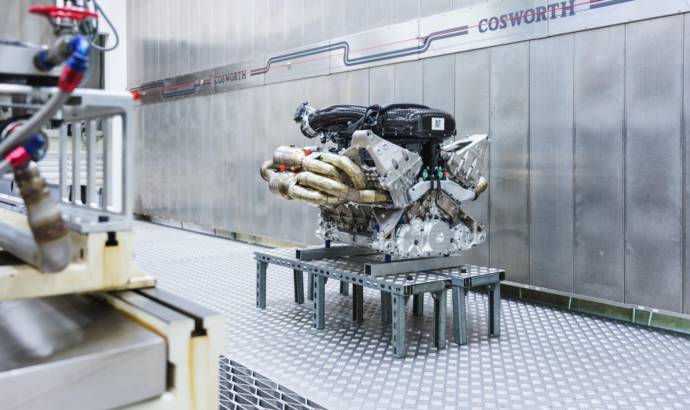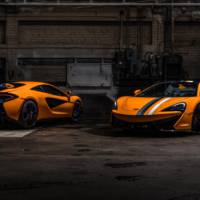Aston Martin is one of the best names in the industry when it comes to building V12 engines. It has a long heritage and it seems is not willing to abandon it, even though the legislation is becoming more strict. Aston Martin Valkyrie is one of the supercars that will continue to use a V12. A new engine, capable of delivering extraordinary performance.
Developed in conjunction with longtime technical partner Cosworth, the new V12 had to satisfy a simple, yet extraordinary brief: to create the ultimate expression of the internal combustion engine.
The resulting engine is an absolute masterpiece. Displacing 6.5-litres the 65° V12 sets exceptional new standards for maximum rpm and specific output with a certified peak power output of 1000 bhp (or 153.8 bhp-per-litre) at a mind-blowing 10,500 rpm, before continuing on to a maximum rpm figure of 11,100: figures that are unprecedented for a naturally-aspirated, emissions-compliant road car application.
Peak torque is 740Nm at 7,000rpm. With these peak outputs purely delivered by the ICE (Internal Combustion Engine), Aston Martin Valkyrie’s performance figures will be further boosted by a battery hybrid system, details of which will be revealed later in the development programme.
Aside from the major castings – block, cylinder heads, sump and structural cam covers – the majority of the engine’s internal components are machined from solid material. These include Titanium conrods and F1-spec pistons. Not only does this allow the use of material with ideal properties, but the ultra-fine machining process means greater consistency and components optimised for minimum mass and maximum strength. The result is an engine that weighs just 206kg. By way of comparison, Cosworth’s 3.0 litre V10 F1 engines (the last before weight limits were imposed by the FIA) weighed 97Kg. If scaled-up to 6.5 litres this pure race engine would weigh 210kg.
One of the best examples of the painstaking optimisation involved is the billet machined crankshaft. Starting life as a solid steel bar 170mm diameter and 775mm long, it is first roughed out, then heat treated, finish machined, heat treated again, gear ground, final ground and superfinished. Upon completion 80% of the original bar has been machined away and some six months have passed, but the end product is a crankshaft that’s an astonishing 50 per cent lighter than that used in the Aston Martin One-77’s V12 – itself a Cosworth-developed evolution of Aston Martin’s series production V12 and, for a time, the world’s most powerful naturally aspirated road car engine.



